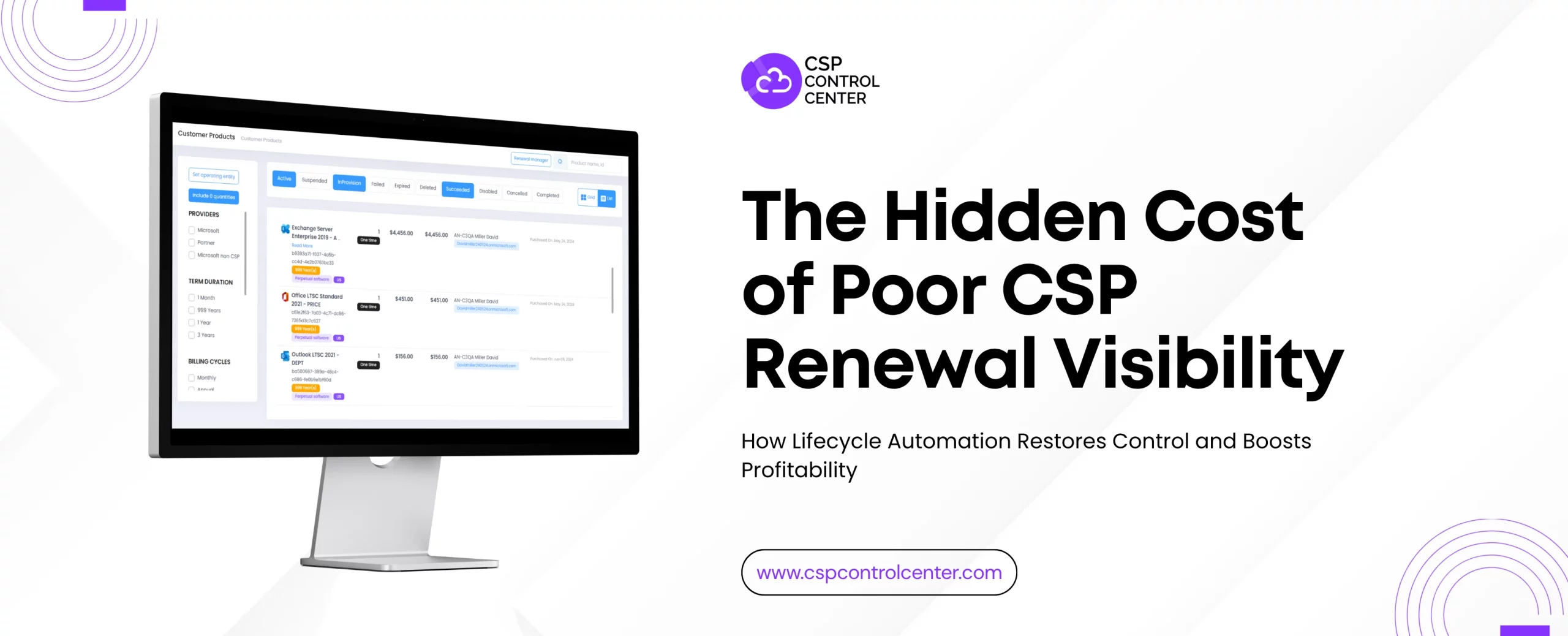In today’s digital-first world, customers have become accustomed to getting things done in a snap. With target products readily available in digital catalogs, making quick and hassle-free purchases has become the norm.
For companies, this means making customer service available at an instant as well. Any delay in buyer-requested operation leads to unhappy customers. Think of having to send out an email to Amazon to confirm your online order and waiting for it to get approved? Saying “customers would not like it” is an understatement.
This is where offering customers self-service can significantly differentiate a company’s customer experience and satisfaction.
Customer self-service is all about empowering consumers to find solutions for themselves. It incorporates supporting buyer concerns and FAQs through resources like a knowledge base, AI Bots, and training videos so customers can resolve their queries on their own, and there is no need for an agent to assist them upfront unless requested. It also frees up support agents to deal with more complex issues that cannot be resolved without human intervention.
In simple terms, self-service enriches the customer experience by eliminating waiting on the phone line for the next available agent! Multiple surveys have highlighted that customers don’t like to wait for a long time over calls. Why would they? The last thing any person wants to do is waste their morning time in a phone queue.
According to Forrester, two-thirds of customers say that the most important thing a company can do is value its customers’ time.
Undoubtedly, customer self-service is a must for all businesses and the latest technological advancements make it possible to meet all customer expectations. In fact, since the beginning of the pandemic, many enterprises have improved their digital experience 10x faster to simplify and streamline the buying experience.
Now, let us understand how Cloud Solution Providers (CSPs) can benefit from enabling better customer self-service capabilities on their digital platforms:
Unified View Of Customer Information
When purchases happen through digital self-service, customer information can be easily gathered in a single place. This information can be used later to derive insights and drive business growth.
Enhanced Team Productivity
Once most of the customer purchase flow will be happening via self-service, teams can focus solely on engaging with customers with more critical requests and be able to deliver their best.
Stronger Business Continuity Plan
Self-service streamlines the purchase journey for customers, and this gives your team more bandwidth to prepare a Business Continuity Plan for all sorts of unfavorable situations. People can focus more on building adaptive skills instead of being caught up in trivial queries.
Boost Revenue by Up-Selling and Cross-Selling
With your team having more time at hand, they’ll be able to concentrate more on leveraging up-selling and cross-selling opportunities.
Reduce Operational Costs
When customers have access to a satisfying self-service experience, manual intervention from CSRs will be reduced and the saved costs can be invested in product enhancement or other key business areas.
Customer self-service is indeed an efficient way to keep your buyers happy and nurture long-term relationships with them. You should make customer self-service an integral part of your customer culture in order to improve your business as whole.

 CSP Control Center
CSP Control Center
 CloudEvents
CloudEvents


